Home>Garden Essentials>Why Are White Chia Seeds More Expensive
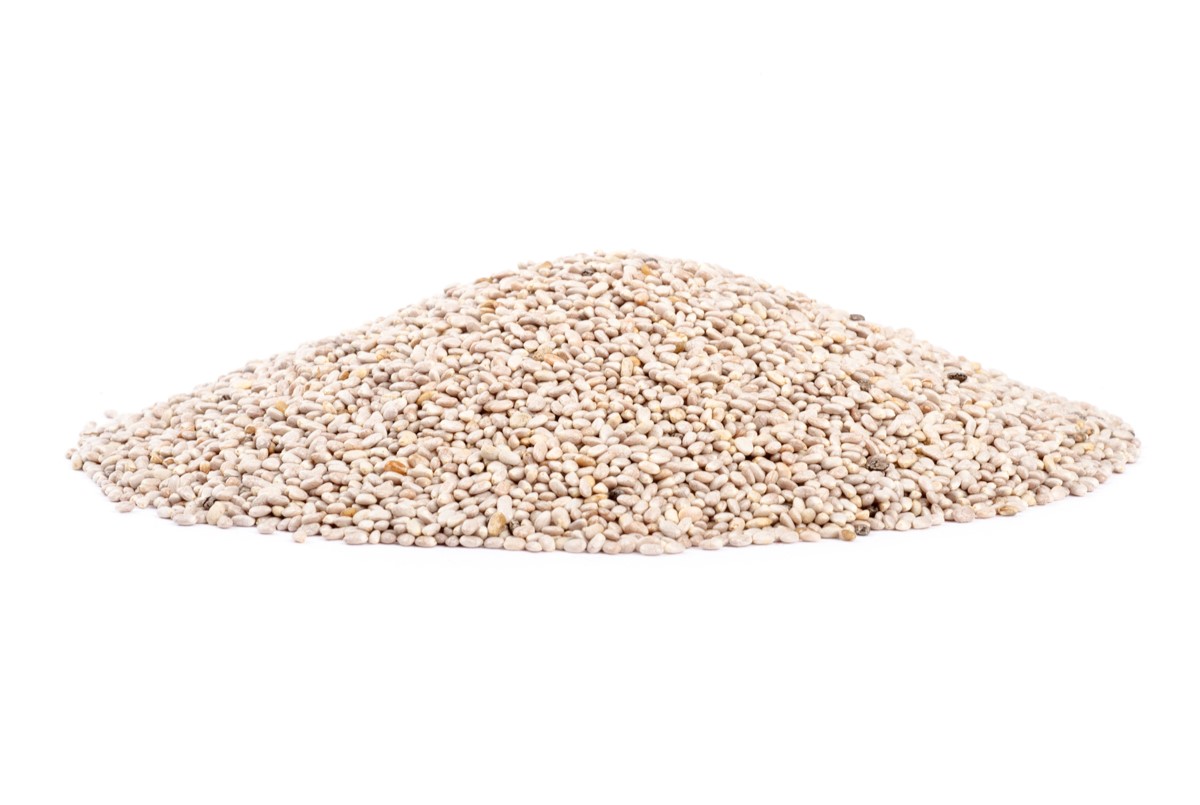

Garden Essentials
Why Are White Chia Seeds More Expensive
Modified: March 15, 2024
Discover why white chia seeds from the garden are pricier than others and unlock the secret to their premium quality and benefits.
(Many of the links in this article redirect to a specific reviewed product. Your purchase of these products through affiliate links helps to generate commission for Storables.com, at no extra cost. Learn more)
Introduction
In recent years, chia seeds have gained immense popularity as a superfood due to their numerous health benefits. These tiny seeds, derived from the Salvia hispanica plant, are packed with nutrients such as omega-3 fatty acids, fiber, protein, and antioxidants. While most people are familiar with black chia seeds, there is another variety that stands out – white chia seeds.
White chia seeds are relatively new to the market and are garnering attention for their unique appearance and potential health benefits. However, one question that often arises is why white chia seeds are more expensive compared to their black counterparts.
In this article, we will explore the differences between white chia seeds and black chia seeds, delve into the growing and production process of white chia seeds, discuss their nutritional composition and health benefits, examine the factors that contribute to their higher price, and even compare them to other superfoods on the market.
By the end of this article, you will have a better understanding of why white chia seeds are pricier and whether they are worth the investment. So, let’s dig deeper into the world of white chia seeds!
Key Takeaways:
- White chia seeds are pricier due to their unique appearance, milder taste, and softer texture compared to black chia seeds. Their high demand, meticulous production process, and nutritional benefits contribute to their higher cost.
- White chia seeds offer similar health benefits to other superfoods, such as flaxseeds, quinoa, acai berries, blueberries, and kale. Incorporating a variety of superfoods into your diet can provide a diverse range of essential nutrients for overall wellness.
Read more: Why Are GMO Seeds More Expensive
Differences between White Chia Seeds and Black Chia Seeds
While both white chia seeds and black chia seeds come from the same plant, there are some noticeable differences between the two varieties. Let’s take a closer look at these differences:
- Color: The most obvious difference lies in their appearance. Black chia seeds have a dark, rich color, while white chia seeds are pale in comparison. The distinct color of the seeds comes from their outer shell, which is black for black chia seeds and white for white chia seeds.
- Taste: In terms of taste, black chia seeds have a slightly nutty and earthy flavor, while white chia seeds have a more neutral and mild taste. This makes white chia seeds a versatile option as they can easily blend into various recipes without altering the overall flavor.
- Texture: When soaked in liquid, both varieties of chia seeds develop a gelatinous coating due to their high soluble fiber content. However, white chia seeds tend to have a softer texture compared to black chia seeds, which some people find more appealing.
- Availability: Black chia seeds have been in the market for a longer time and are more readily available. White chia seeds, on the other hand, are still gaining popularity and might be slightly harder to find in some regions.
It’s important to note that despite these differences, both white chia seeds and black chia seeds offer similar nutritional benefits and can be incorporated into a healthy diet.
Now that we understand the differences between the two varieties, let’s explore how white chia seeds are grown and produced.
Growing and Production Process of White Chia Seeds
The process of growing and producing white chia seeds is similar to that of black chia seeds. Here is an overview of how white chia seeds are cultivated:
- Seed Selection: The first step in growing white chia seeds starts with selecting high-quality seeds. These seeds are carefully chosen based on their purity, viability, and genetic characteristics to ensure optimal yield and quality.
- Land Preparation: Chia plants thrive in well-drained soil with plenty of sunlight. Before sowing the seeds, the land is prepared by removing any weeds or debris and ensuring good soil fertility through organic amendments or fertilizers.
- Sowing: The selected white chia seeds are sown, typically in spring or fall, at the appropriate depth and spacing. This allows the plants to have enough room to grow and ensures better air circulation and sunlight exposure.
- Growth and Care: Once the seeds are sown, the chia plants require regular watering, especially during dry periods. Weeds are managed through manual removal or with the help of herbicides. Pest control methods are used to protect the plants from harmful insects or diseases.
- Harvesting: The chia plants grow to a height of 3 to 5 feet and produce beautiful purple or white flowers. The seeds develop in seed heads that contain multiple small pods. When the seeds are fully mature and dry, the plants are ready for harvest.
- Seed Extraction: After harvesting the chia plants, the seed heads are dried to reduce moisture content. The seeds are then separated from the dried plant material using various techniques, such as threshing or winnowing, to obtain clean white chia seeds.
- Packaging and Distribution: Once the white chia seeds are extracted and cleaned, they are packaged in airtight containers or bags to maintain their freshness and quality. These packaged seeds are then distributed to retailers or directly to consumers.
The entire process, from seed selection to packaging, requires careful attention to ensure the production of high-quality white chia seeds. This meticulous process contributes to the overall cost of white chia seeds.
Now that we’ve explored how white chia seeds are grown and produced, let’s dive into the nutritional composition and health benefits of these seeds.
Harvesting and Processing of White Chia Seeds
The harvesting and processing of white chia seeds require careful attention to ensure the seeds’ quality and nutritional integrity. Let’s take a closer look at these steps:
- Harvesting: When the chia plants reach maturity, typically after four to five months of growth, they are ready for harvesting. Harvesting is done by cutting the entire plant near the base, including the seed heads.
- Drying: After harvest, the seed heads need to be dried to reduce moisture content. This is an essential step to prevent the growth of mold or mildew and ensure the longevity of the seeds. Drying is usually done in well-ventilated spaces or through mechanical drying methods.
- Threshing: Once the seed heads are dry, the next step is to separate the chia seeds from the rest of the plant material. Threshing is the process of gently rubbing or crushing the dried seed heads to loosen the seeds from the pods.
- Winnowing: After threshing, the mixture of chia seeds and plant material needs to be separated. Winnowing is the process of separating the lighter chia seeds from the heavier plant debris by using air or wind. This can be done by tossing the mixture in the air and allowing the wind to blow away the lighter seeds.
- Cleaning: Once the seeds are separated from the plant material, they need to be cleaned to remove any remaining debris or impurities. This is typically done by passing the seeds through screens or sieves of different sizes to achieve the desired level of cleanliness.
- Packaging: The final step is packaging the processed white chia seeds. The seeds are carefully packed into airtight containers or bags to maintain their freshness and prevent moisture or air exposure.
The harvesting and processing of white chia seeds require attention to detail and adherence to quality standards. These careful steps contribute to the high cost of white chia seeds compared to their black counterparts.
Now that we understand how white chia seeds are harvested and processed, let’s explore their nutritional composition and the health benefits they offer.
Nutritional Composition of White Chia Seeds
White chia seeds are tiny powerhouses of nutrition, packed with an impressive array of vitamins, minerals, and essential nutrients. Despite their small size, these seeds offer a range of health benefits. Let’s delve into their nutritional composition:
- Protein: White chia seeds are an excellent plant-based source of protein. They provide all nine essential amino acids, making them a complete protein source for vegetarians and vegans.
- Fiber: Fiber is an essential nutrient for digestive health, and white chia seeds are rich in it. Each serving of white chia seeds contains a significant amount of dietary fiber, which aids in digestion, promotes satiety, and helps regulate blood sugar levels.
- Omega-3 Fatty Acids: White chia seeds are an abundant source of omega-3 fatty acids, particularly alpha-linolenic acid (ALA). Omega-3 fatty acids are essential for heart health, brain function, and reducing inflammation in the body.
- Antioxidants: These seeds are packed with antioxidants, which help neutralize harmful free radicals in the body. Antioxidants play a vital role in protecting cells from damage and reducing the risk of chronic diseases.
- Vitamins and Minerals: White chia seeds contain a variety of vitamins and minerals, including calcium, phosphorus, magnesium, manganese, and vitamin E. These nutrients are essential for maintaining bone health, supporting energy production, and promoting overall well-being.
It’s important to note that the nutritional composition of white chia seeds may slightly vary depending on factors such as growing conditions, soil quality, and storage methods. However, overall, these seeds are a nutrient-dense addition to any diet.
Now that we have explored the nutritional composition of white chia seeds, let’s discuss the numerous health benefits they offer.
White chia seeds are more expensive than black chia seeds because they are less common and have a milder flavor. The production process for white chia seeds is also more labor-intensive, contributing to the higher cost.
Health Benefits of White Chia Seeds
White chia seeds are more than just a nutritious addition to your diet; they offer a wide range of health benefits. Let’s explore some of the key benefits:
- Heart Health: The omega-3 fatty acids present in white chia seeds have been linked to improved heart health. These healthy fats help reduce cholesterol levels, lower blood pressure, and decrease the risk of cardiovascular diseases.
- Digestive Health: The high fiber content in white chia seeds promotes healthy digestion. Fiber aids in maintaining regular bowel movements, preventing constipation, and promoting a healthy gut microbiome.
- Weight Management: Due to their fiber and protein content, white chia seeds can help with weight management. The combination of these nutrients helps promote feelings of fullness, reduce excessive snacking, and control calorie intake.
- Blood Sugar Regulation: The soluble fiber in white chia seeds can slow down the absorption of sugar, helping regulate blood sugar levels. This is particularly beneficial for individuals with diabetes or those at risk of developing the condition.
- Bone Health: White chia seeds contain essential minerals like calcium, phosphorus, and magnesium, which play a crucial role in maintaining strong and healthy bones. Regular consumption of these seeds can contribute to better bone density and reduce the risk of osteoporosis.
- Antioxidant Protection: The antioxidants found in white chia seeds, such as flavonoids, help protect the body against oxidative stress and inflammation. These benefits have been linked to a reduced risk of chronic diseases, including certain types of cancer.
- Energy Boost: White chia seeds are an excellent source of nutrients, including vitamins, minerals, and healthy fats. These nutrients provide a sustained release of energy, making them a great addition to pre-workout snacks or to combat fatigue during the day.
It’s important to note that while white chia seeds offer numerous health benefits, they should be consumed as part of a balanced diet and healthy lifestyle. Adding them to smoothies, yogurt, oatmeal, or using them as a topping for salads and baked goods is a great way to incorporate them into your meals.
Now that we understand the health benefits of white chia seeds, let’s explore their popularity and demand in the market.
Popularity and Demand of White Chia Seeds
In recent years, both black and white chia seeds have gained immense popularity as superfoods due to their nutritional value and health benefits. While black chia seeds have been in the market for longer and remain widely popular, white chia seeds are steadily gaining recognition and demand.
The increasing popularity of white chia seeds can be attributed to several factors:
- Nutritional Composition: White chia seeds offer a similar nutritional profile to black chia seeds, making them a desirable choice for health-conscious consumers. They are an excellent source of protein, fiber, omega-3 fatty acids, and antioxidants, making them a nutrient-dense addition to any diet.
- Appearance: The pale, ivory color of white chia seeds distinguishes them from the more common black variety. This unique appearance can be visually appealing and add diversity to meals and recipes. Some individuals also prefer white chia seeds for their neutral taste, which allows for easier incorporation into various dishes without altering the flavor.
- Versatility: Similar to black chia seeds, white chia seeds are versatile and can be used in a wide range of recipes. They can be added to smoothies, baked goods, yogurt, cereals, and salads, providing a nutritional boost without overpowering the taste. This versatility appeals to individuals looking for convenient ways to enhance their meals with a nutrient-rich ingredient.
- Specialty Markets: While black chia seeds have a more established presence in the market, white chia seeds are gaining traction in specialty markets and health food stores. As consumers become increasingly aware of their benefits, the demand for white chia seeds is growing, prompting retailers to offer this variety alongside the more commonly available black seeds.
The popularity and demand for white chia seeds are expected to increase as more people recognize their unique qualities and nutritional benefits. However, it’s important to note that availability may vary depending on the region and local market preferences.
Now that we understand the increasing popularity of white chia seeds, let’s examine the factors that contribute to their higher price compared to black chia seeds.
Factors That Contribute to the Higher Price of White Chia Seeds
White chia seeds often come with a higher price tag compared to black chia seeds. Several factors contribute to this price difference:
- Market Demand: The increasing demand for white chia seeds has led to a higher price point. As the popularity of this variety grows, so does the competition among suppliers, which can drive up the cost.
- Harvesting and Processing: White chia seeds require careful harvesting and processing to maintain their quality. The separate production processes for white chia seeds, along with the additional steps to preserve their pale color, contribute to the higher production costs.
- Rarity and Availability: While black chia seeds have been in the market for longer and are more readily available, white chia seeds are relatively new and, in some regions, may be harder to find. The limited availability and increased demand for white chia seeds can drive up the price.
- Purity and Quality Control: White chia seeds are often associated with higher quality standards to ensure that the seeds meet the desired appearance and taste. This involves rigorous quality control measures and the careful selection of seeds, which can increase production costs.
- Marketing and Packaging: Due to their unique appearance, white chia seeds may require additional marketing efforts to educate consumers about their benefits and differentiate them from the more common black variety. The cost of branding, packaging, and promoting white chia seeds can contribute to the higher price.
- Supply Chain Logistics: The logistics involved in transporting and distributing white chia seeds can impact their price. These seeds may need to be sourced from specific regions, requiring longer transportation distances or specialized storage conditions, which can add to the overall cost.
It’s important to note that while white chia seeds may be more expensive, they offer similar nutritional benefits to their black counterparts. The price difference is primarily driven by factors related to production, availability, and market demand.
Now that we understand the factors contributing to the higher price of white chia seeds, let’s compare white chia seeds with other superfoods in terms of their nutritional value and benefits.
Comparison of White Chia Seeds with Other Superfoods
White chia seeds are often categorized as a superfood, known for their impressive nutritional composition and health benefits. Let’s compare white chia seeds with some other popular superfoods to understand their unique qualities:
- Flaxseeds: Flaxseeds are another popular superfood known for their omega-3 fatty acids and fiber content. While flaxseeds and white chia seeds share similar nutritional profiles, white chia seeds tend to have a milder taste and a longer shelf life. Flaxseeds, however, are a better source of lignans, which are beneficial plant compounds.
- Quinoa: Quinoa is a gluten-free grain that is high in protein and fiber. Unlike white chia seeds, quinoa is a complete protein source, providing all nine essential amino acids. However, white chia seeds are a better source of omega-3 fatty acids and have a wider range of culinary uses.
- Acai Berries: Acai berries are famous for their antioxidant properties and are often consumed as a concentrated juice or in powdered form. While acai berries offer different antioxidants than white chia seeds, both superfoods contribute to overall antioxidant protection in the body. Acai berries are also higher in sugar content, whereas white chia seeds are low in sugar.
- Blueberries: Blueberries are renowned for their high antioxidant content and various health benefits. While blueberries and white chia seeds differ in terms of texture and taste, they both offer antioxidant protection and are beneficial for overall health. Blueberries are particularly known for their cognitive and immune-boosting properties.
- Kale: Kale is a leafy green vegetable that is packed with vitamins, minerals, and fiber. While kale and white chia seeds differ in their nutritional profiles, they both contribute to a well-rounded and nutrient-rich diet. Kale is a great source of vitamin K, while white chia seeds provide omega-3 fatty acids and protein.
Each superfood offers its own unique set of nutrients and health benefits. Incorporating a variety of superfoods, including white chia seeds, into your diet can provide a wide range of essential nutrients and promote overall wellness.
It’s important to remember that no single superfood can provide all the necessary nutrients for optimal health. A balanced diet that includes a variety of nutrient-dense foods, including superfoods, is key to reaping the full benefits of these natural powerhouses.
Now that we have compared white chia seeds with other superfoods, let’s conclude our exploration of white chia seeds and their distinct qualities.
Read more: Why Is Grass Seed So Expensive This Year
Conclusion
White chia seeds have emerged as a popular and sought-after superfood due to their unique qualities and numerous health benefits. While they may be more expensive compared to black chia seeds, their pale color, mild taste, and soft texture make them an attractive option for those looking to incorporate a versatile and nutrient-dense ingredient into their meals.
These tiny yet powerful seeds are packed with essential nutrients such as protein, fiber, omega-3 fatty acids, and antioxidants. From supporting heart health and aiding digestion to promoting weight management and regulating blood sugar levels, white chia seeds offer a range of health benefits that make them a valuable addition to any diet.
The higher price of white chia seeds can be attributed to factors such as market demand, harvesting and processing methods, rarity, and quality control. However, their growing popularity and increased availability in specialty markets indicate a rising consumer interest in these nutrient-rich seeds.
When comparing white chia seeds to other superfoods, it’s clear that each offers its unique set of nutrients and benefits. Incorporating a variety of superfoods into your diet, including white chia seeds, can provide a diverse range of essential nutrients and contribute to overall wellness.
In conclusion, white chia seeds are a valuable addition to a healthy lifestyle. Whether you choose to enjoy them sprinkled on yogurt, blended into smoothies, or added to your favorite recipes, incorporating white chia seeds into your diet can be a simple and delicious way to boost your nutrient intake and support your overall health.
So, why wait? Grab a bag of white chia seeds and embark on a journey to a healthier and more vibrant you!
Frequently Asked Questions about Why Are White Chia Seeds More Expensive
Was this page helpful?
At Storables.com, we guarantee accurate and reliable information. Our content, validated by Expert Board Contributors, is crafted following stringent Editorial Policies. We're committed to providing you with well-researched, expert-backed insights for all your informational needs.


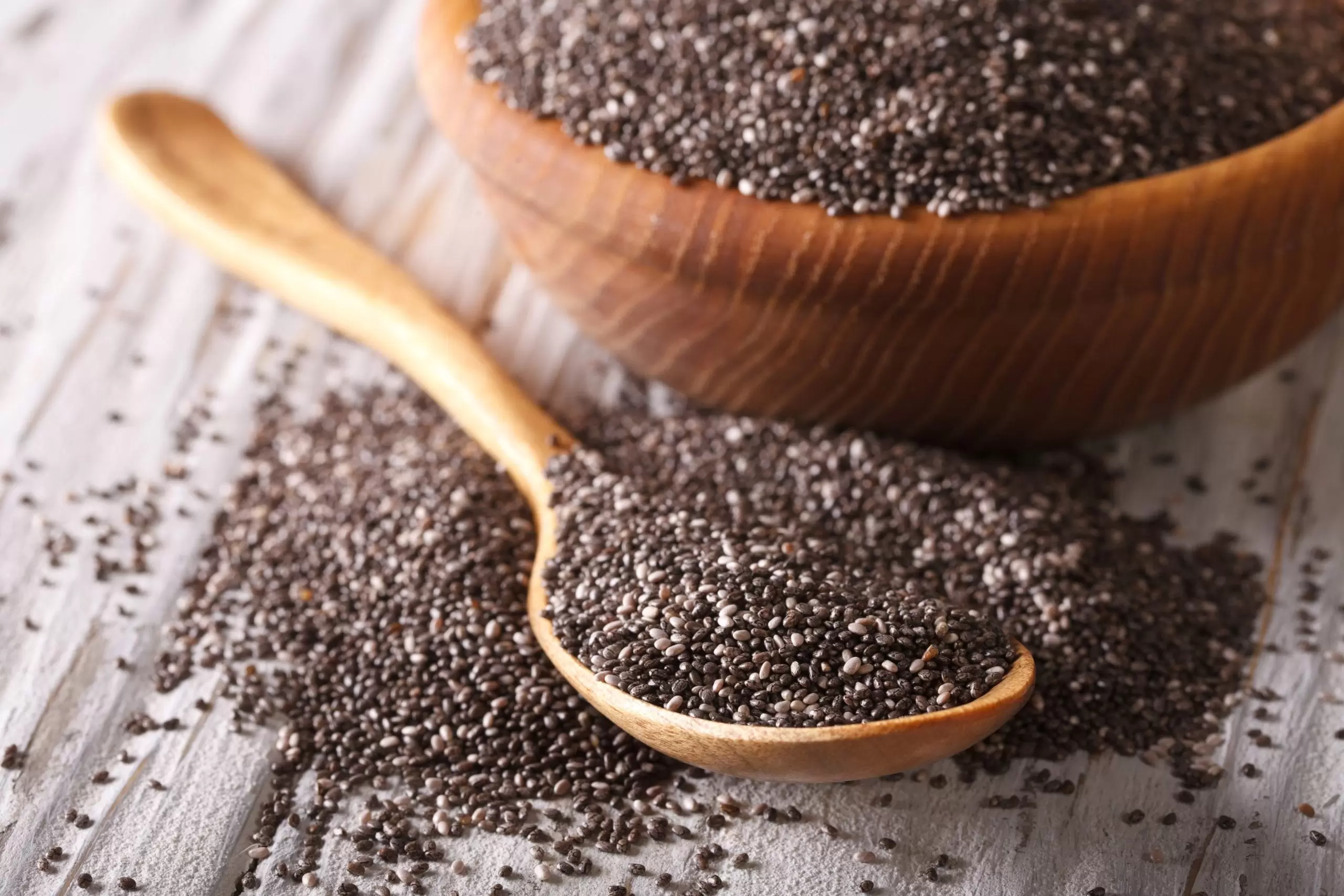

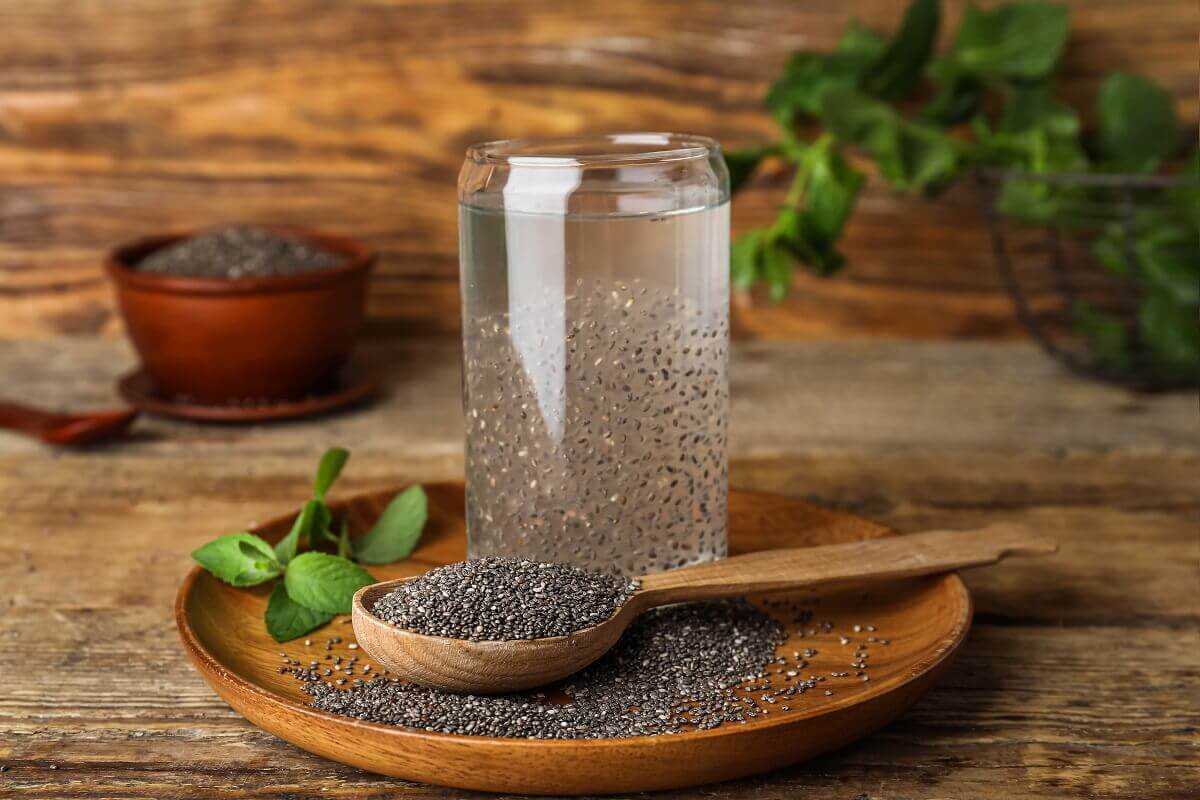
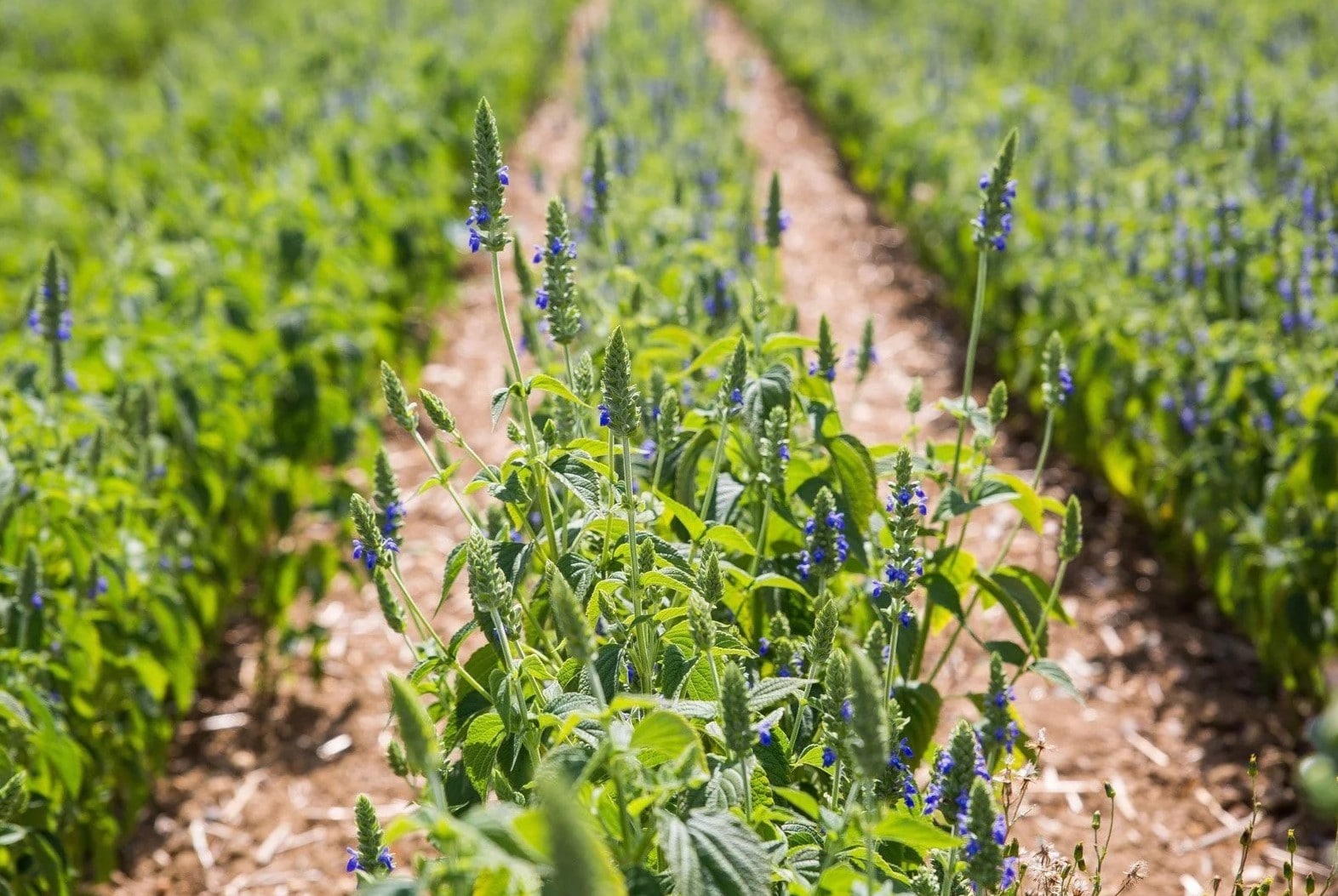
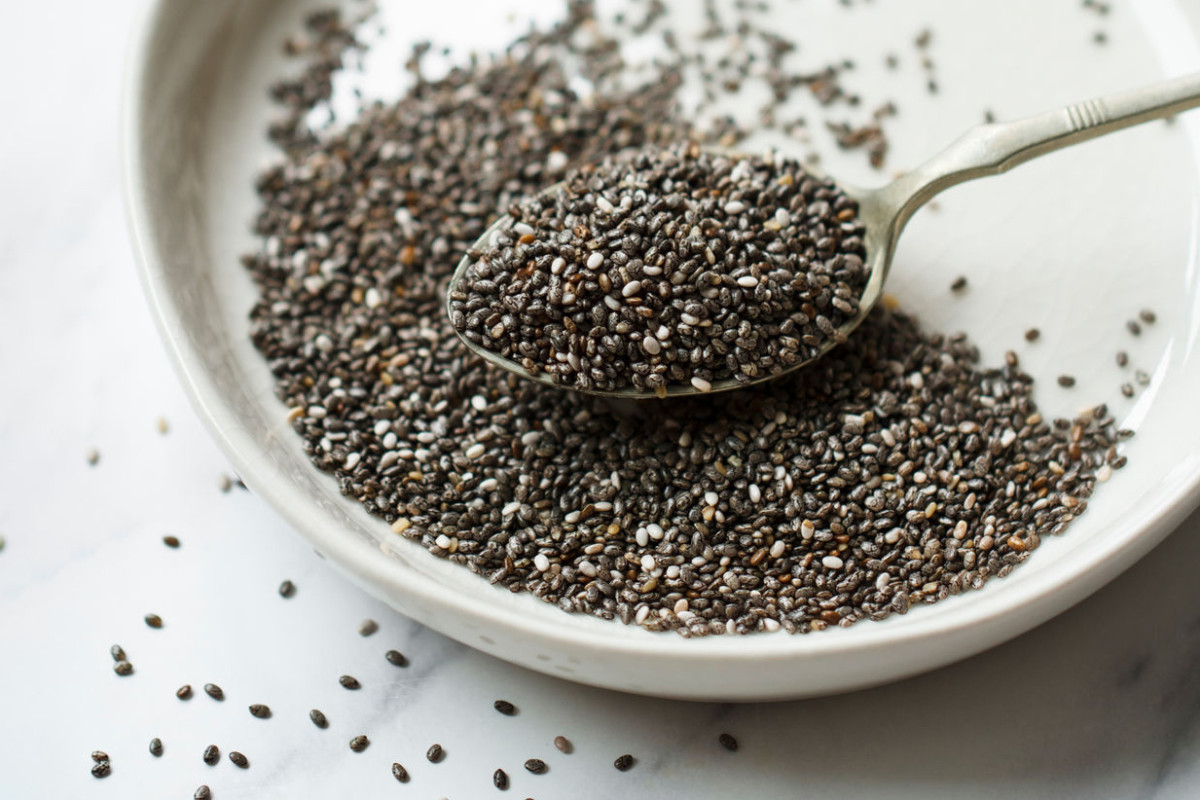





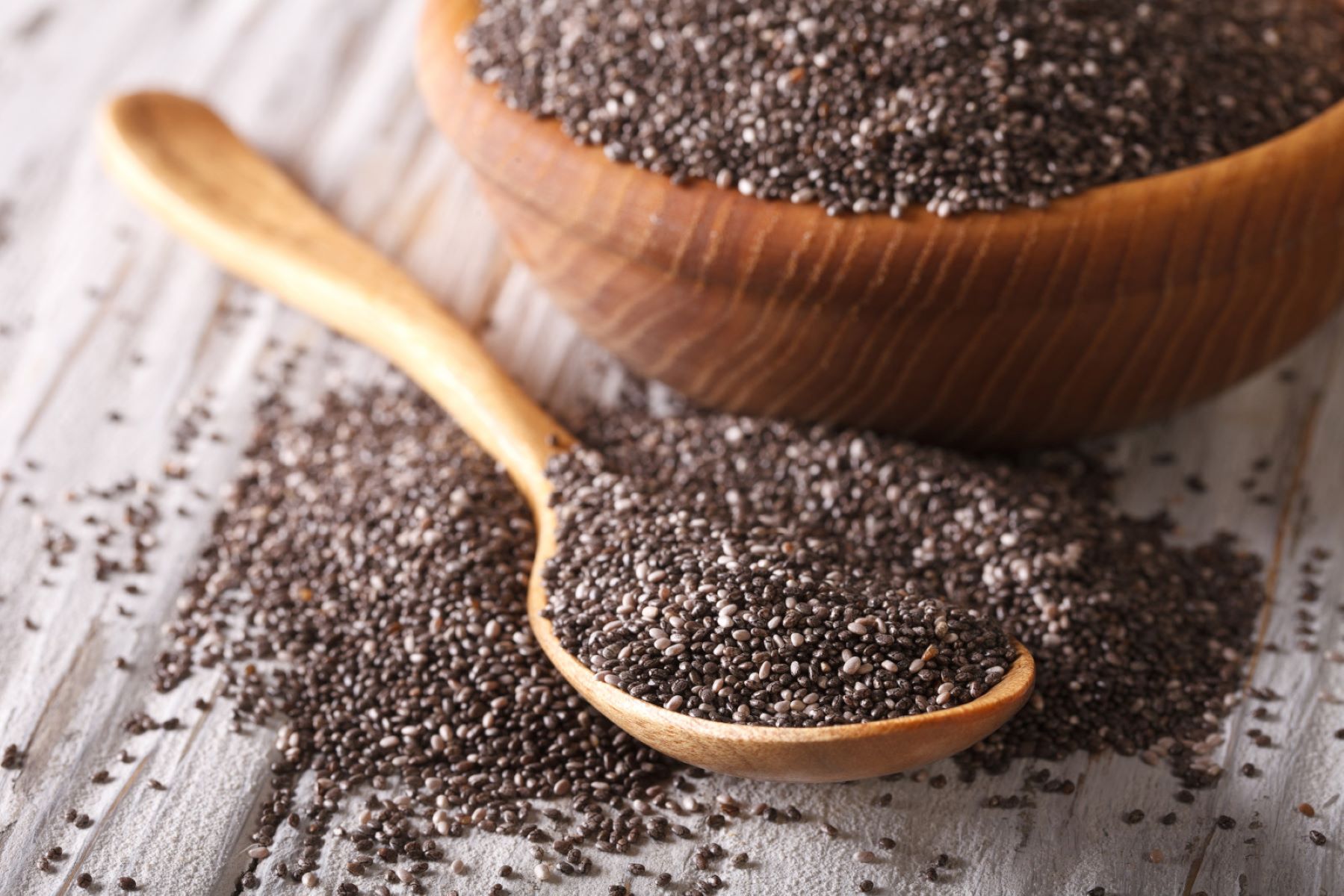

0 thoughts on “Why Are White Chia Seeds More Expensive”